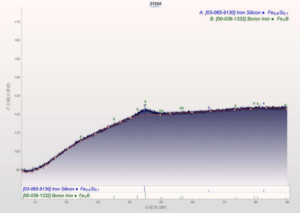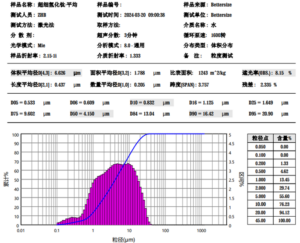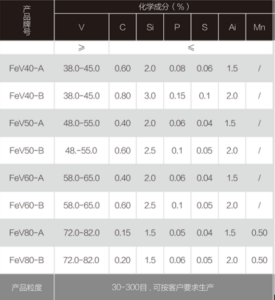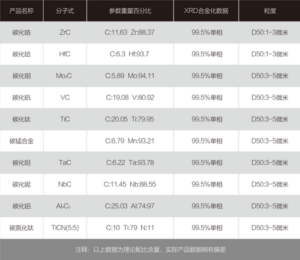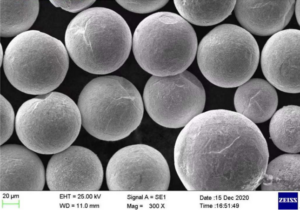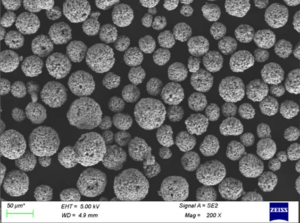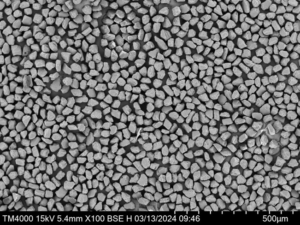Powder metallurgical materials are materials made directly from several metal powders, or metal powders and non-metal powders, through preparation, pressing and forming, sintering and post-treatment, without melting and casting.
Powder metallurgy is a combination of metal metallurgical processes and ceramic sintering processes, it usually has the following processes.
Powder Preparation And Compression Moulding
The powder is commonly produced by mechanical crushing, atomisation and physico-chemical methods. The powder is sieved and blended, then additives are added to the powder, such as lubricants, plasticisers, binders etc., and pressed into shape.
The atoms between the powder particles are diffused through the solid phase and mechanically occluded, so that the parts are combined into a whole with a certain strength. The greater the pressure, the greater the density of the part and the corresponding increase in strength.
Sintering
The press-moulded parts are sintered in a closed furnace with a reducing atmosphere, where the diffusion of different types of atoms at high temperatures, the reduction of nutrients on the powder surface and the recrystallisation of the deformed powder take place.
After the powder has recrystallised, the particles of the powder will bond with each other again, thus achieving the effect of increasing the strength of the powder metallurgical product and obtaining a structure similar to that of normal metals.

Post-processing
In general the sintered parts achieve the required properties and can be used directly, but sometimes the necessary post-treatment of the sintered parts is required.
Fine pressing, for example, improves the density and dimensional accuracy of the part. Quenching and surface hardening of iron-based powder metallurgy parts can improve their mechanical properties, and for the purpose of lubrication or corrosion resistance they can be impregnated with oil or other liquid lubricants; infiltration of low melting point metals into the pores of the parts can improve the strength hardness plasticity or stamping toughness of the parts.
Powder Pre-treatment
Powder pretreatment in the powder preparation process determines the outcome of the powder metallurgical part.
The powder is usually annealed, graded, mixed, granulated and lubricated.
Pre-annealing of powders reduces the redox of the powder and reduces the amount of carbon and other impurities in the powder in order to improve the purity of the powder.

The annealing treatment also eliminates the work hardening of the powder and stabilises the crystalline structure of the powder.
Grading is the process of dividing a powder into several stages according to particle size. Grading makes it easy to control the particle size and size distribution of the powder when batching to suit the requirements of the forming process.
Mixing is the process of homogenising two or more powders. Mixing is basically done mechanically and chemically, the mechanical method is usually to mix the powder or mixture mechanically and homogeneously without chemical changes. The chemical method of mixing is to mix the metal or compound powder with the salt solution of the added metal, and then after precipitation drying reduction and other processes to form a uniformly mixed mixture.
Powder metallurgical additives are used to improve the strength of the pressed billets or to prevent plasticizers, such as paraffin waxes, from segregating the powder components. Lubricants used to reduce friction between the particles and between the billet and the grinding wall, such as manganese sulphide, molybdenum disulphide, etc.
The above is a brief introduction to the powder metallurgy process, if you wish to know more about powder metallurgy, please stay tuned to us.

